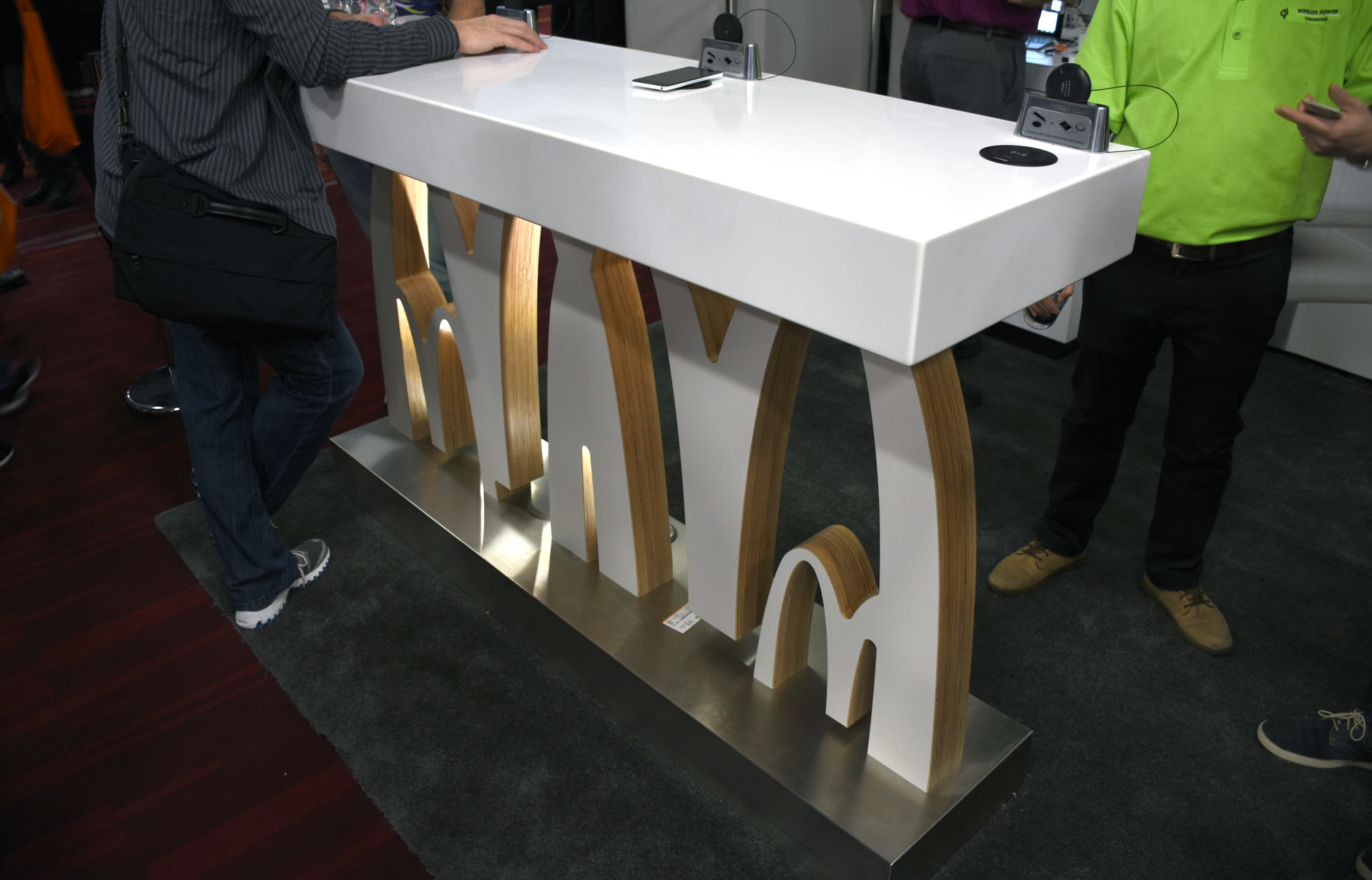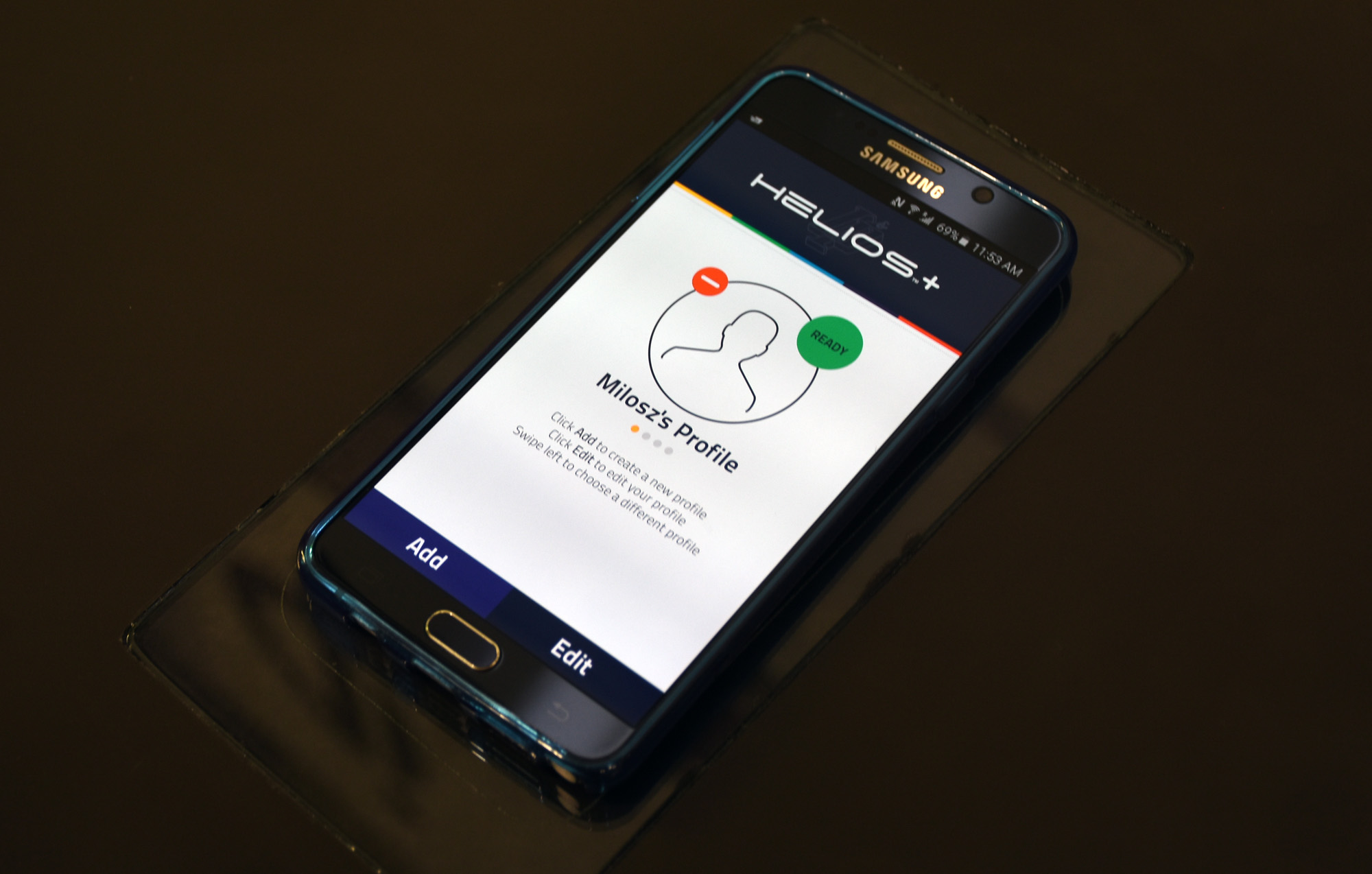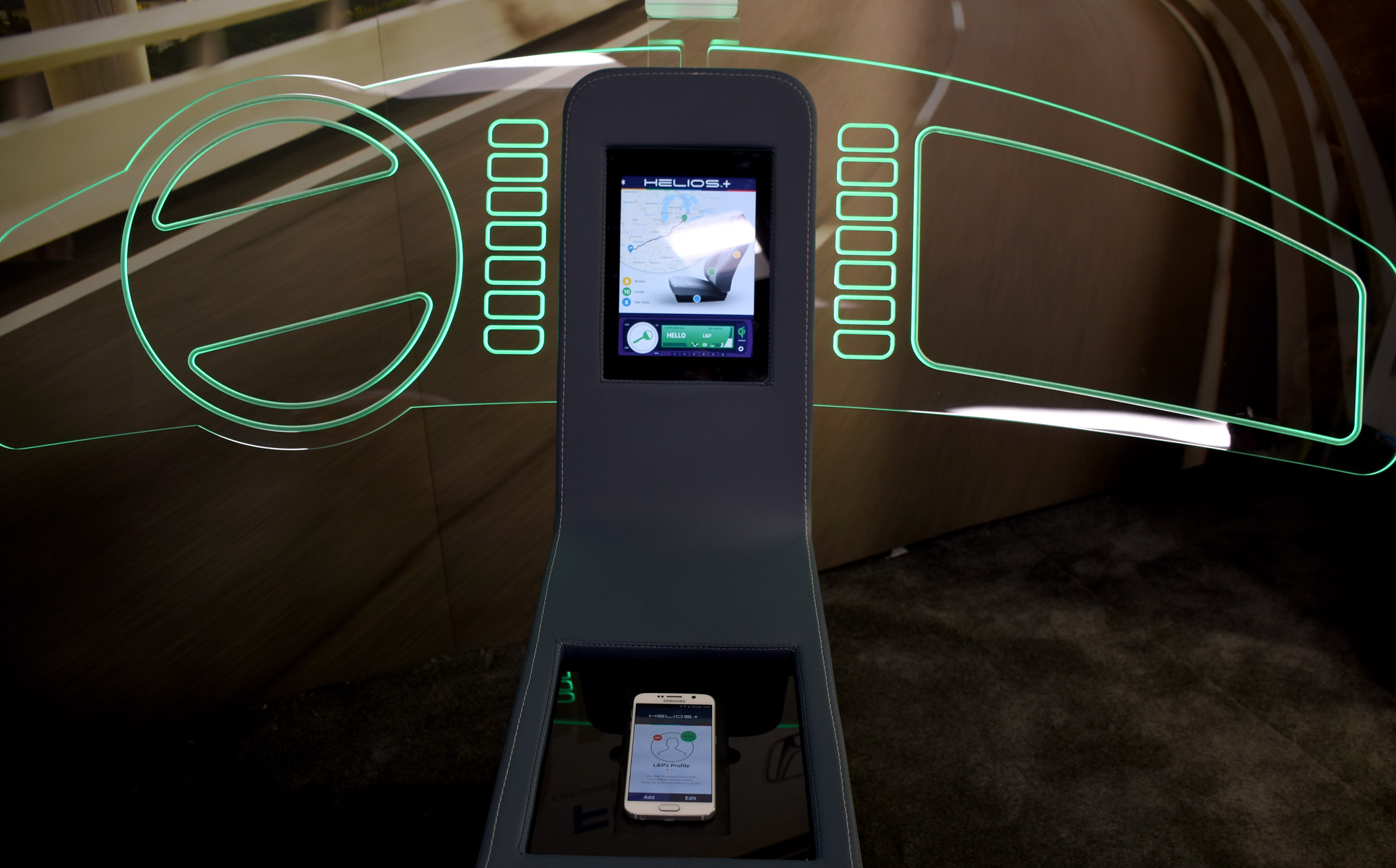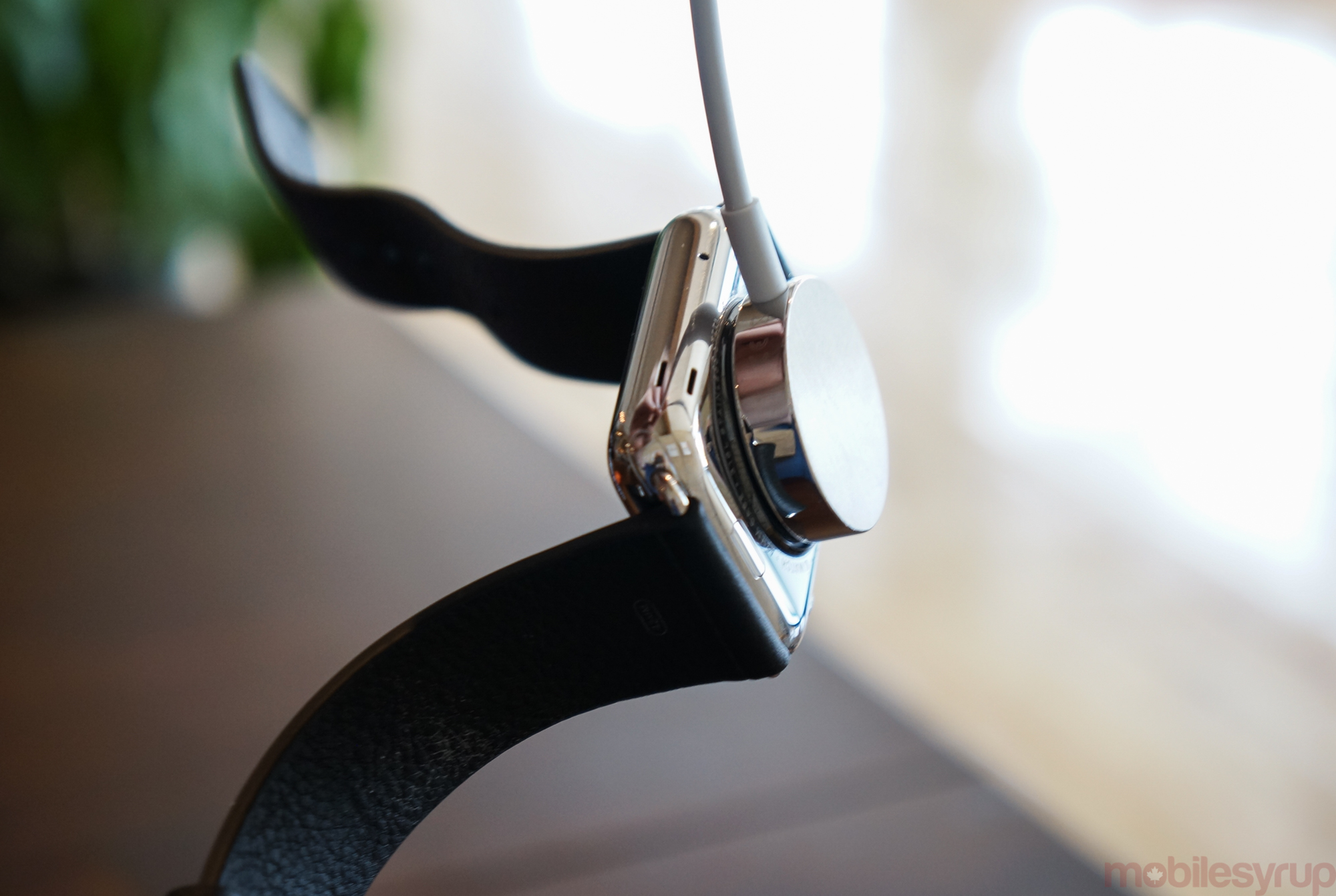
Wireless charging has received some attention at CES this year, but despite some clarity, no one standard has yet emerged. In fact, the two competing ones seem to suggest they are each the de facto standard.
For a time, there were three competing technologies: Qi, PMA (Power Matters Alliance) and Rezence (also referred to as A4WP). But, facing defeat, the latter two merged and rebranded to become the AirFuel Alliance in 2014, thus narrowing it down to two. Yet almost two years after that marriage, neither Qi nor the newly-named AirFuel has emerged as an industry standard.
Even within the newly-minted union of PMA and Rezence, there are issues: their technologies are not inherently compatible. PMA uses magnetic induction with aligned placement to match the coils that pass through the charge. Rezence, on the other hand, employs magnetic resonance, which is more or less the same as induction, except aligning coils isn’t required to get a signal. It can also maintain a charge at greater distances, up to a couple of inches, whereas PMA’s induction method is limited to about one centimetre. Despite being so similar, one can’t work with the other. For example, you can plop down a Galaxy Note 5 (which is compatible with both Qi and PMA, but not Rezence) on an Rezence pad and nothing will happen.
What AirFuel would have to do is find a way to combine the two into some sort of agnostic multi-modal antenna. Efforts are reportedly underway to make this happen, but little is being said about a wider merger with Qi.
Run by the Wireless Power Consortium (WPC), Qi uses magnetic induction with alignment, only at a different frequency to PMA that unsurprisingly makes it unique and inoperable. Out of curiosity, I once tried putting a Galaxy S6 edge on an older PMA-powered Powermat pad from 2009 and, of course, nothing happened.
Since then, Qi has loosened its technology by removing the need for precise alignment, making it all but the same as what PMA was before the merger, albeit on different frequencies.
Considering the growing interest in deploying wireless charging technology, it seems odd that unification hasn’t happened yet. The auto industry and retailers have been moving to integrate one or the other into their respective products or locations. Phone manufacturers have been doing the same, with Samsung leading the way by supporting both on last year’s flagship Galaxy devices.
It would seem Qi has the edge in support and deployment with over 230 member companies and 930 Qi-certified products on the market. AirFuel Alliance has 195 members, and considerably fewer certified products.
Many companies support both, but for those who picked one horse in this race, the confusion can abound for consumers. Starbucks goes with PMA; McDonald’s in the U.K. likes Qi. Ikea furniture can have Qi technology in it, but not PMA. Most automakers have chosen to go with Qi, except some have either gone with PMA or chosen to back off and wait to see what happens.
Both are capable of more than just charging, too. A demo I saw at the Qi booth had the in-car infotainment experience and settings adjust for the phone that was laid down to charge. Another at the AirFuel booth showed how laying it down on a table triggered a number of actions in a home, like turning on lights or other devices in a smart home, for instance.
Other vendors are taking a stab at wireless charging, too. I didn’t get a chance to see the technology in action, but smaller firms like Ossia Cota and Energous have unveiled resonance charging tech that can fill up a battery in someone’s pocket up to 30 feet away.
This is starting to look like the Blu-ray-HD DVD battle from 10 years ago. It was at CES some eight years ago, in 2008, where Warner Bros. sealed the latter’s fate when it jumped ship to exclusively support Blu-ray. Unifying the physical HD medium certainly clarified things for consumers, but torrents soon went mainstream and video streaming became a major thing, so the lasting effect is arguably less than it was when VHS beat out Beta in the 80s.
Then there’s Apple, who hasn’t backed any one side in this derby. CEO Tim Cook never mentioned wireless charging at Apple’s last launch event, and it’s unclear if the company is waiting to see more adoption or plans on doing it its own way. The Apple Watch, despite not officially supporting wireless charging, appears to use a modified version of Qi charging, but the only way to get iOS devices to work is to use special cases or clips that plug into their Lightning port.
Unless something dramatic happens in 2016, the status quo looks to continue on into CES next year.
MobileSyrup may earn a commission from purchases made via our links, which helps fund the journalism we provide free on our website. These links do not influence our editorial content. Support us here.








